Bilberries (Vaccinium myrtillus), often referred to as European blueberries, are cherished for their rich flavor, vibrant color, and outstanding health benefits. Unlike their American cousins, bilberries grow wild in temperate and subarctic regions of Europe and Asia. Their small, dark berries are packed with antioxidants—especially anthocyanins—that have led to their classification as a superfruit.
While blueberries are widely cultivated across North America, bilberries are not easily grown on farms and are mostly foraged from wild shrubs in forests and heathlands. This makes their production unique and their supply dependent on nature and geography. So, which country stands out as the global hub of bilberry production?
Finland: The Bilberry Capital of the World
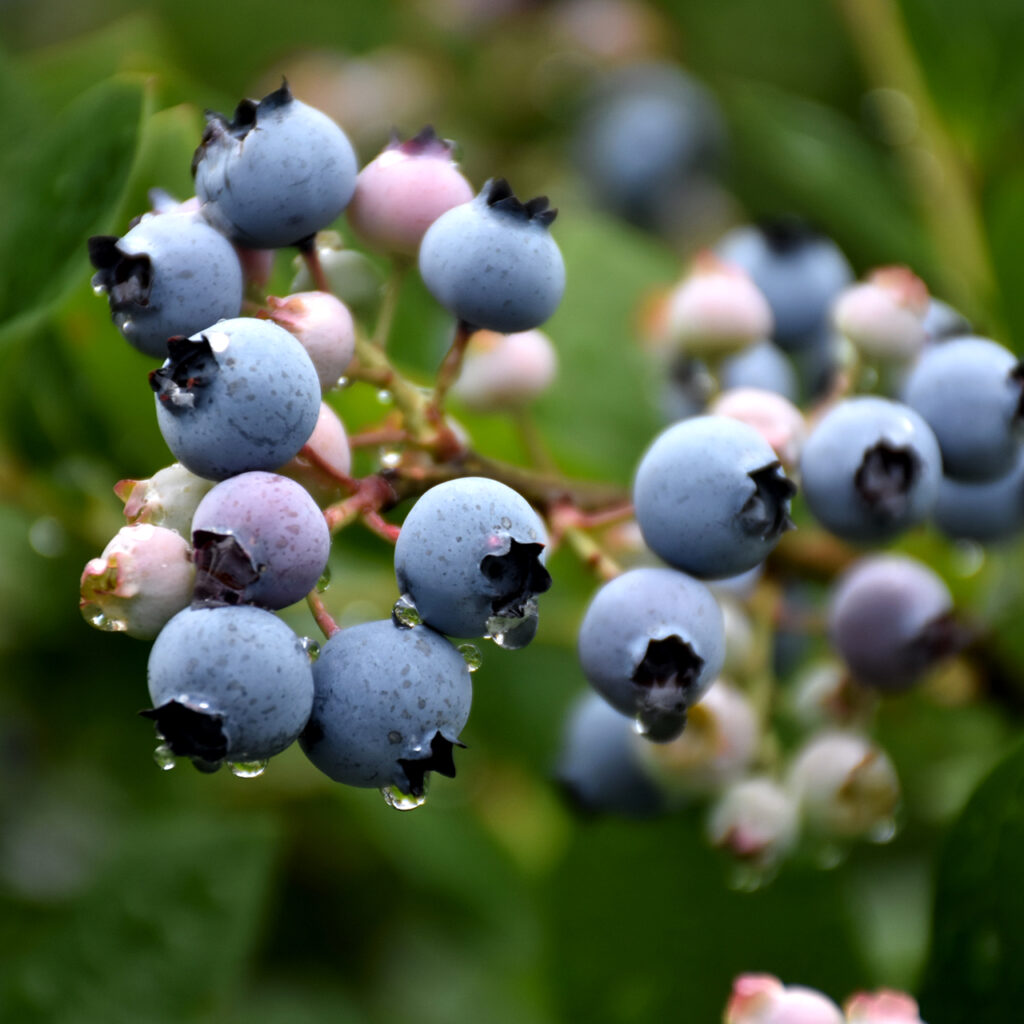
When it comes to wild bilberry production, Finland holds the crown. This Nordic country is internationally renowned for producing the most bilberries in the world. The reason? Finland’s vast boreal forests and clean, unpolluted environment offer ideal conditions for bilberries to thrive naturally.
1. Natural Abundance
Over 70% of Finland’s land area is covered by forests, most of which are pine, spruce, and birch forests—the natural habitat of bilberries. Unlike cultivated crops, bilberries in Finland are harvested from the wild, allowing them to grow in pristine, mineral-rich soils under the shade of native trees. The country’s cold climate and long summer days during the midnight sun enhance the sweetness and antioxidant levels of the berries.
It’s estimated that Finland alone produces over 150 million kilograms of wild berries annually, and bilberries make up a significant portion of this yield.
2. Foraging Culture
In Finland, “Everyman’s Right” or jokamiehenoikeus allows people to forage for wild berries and mushrooms freely across public and private lands. This cultural norm promotes wild berry harvesting as a seasonal activity for both locals and commercial operators. During the summer months, locals and migrant workers alike participate in bilberry picking, contributing to the economy and food industry.
3. Export Leader
Finland exports a large portion of its bilberry harvest to countries in Asia and Europe. Dried, frozen, and juiced bilberries are in high demand due to their nutritional profile. These exports support Finland’s position as the top global source of bilberries.
Other Countries with Significant Bilberry Presence
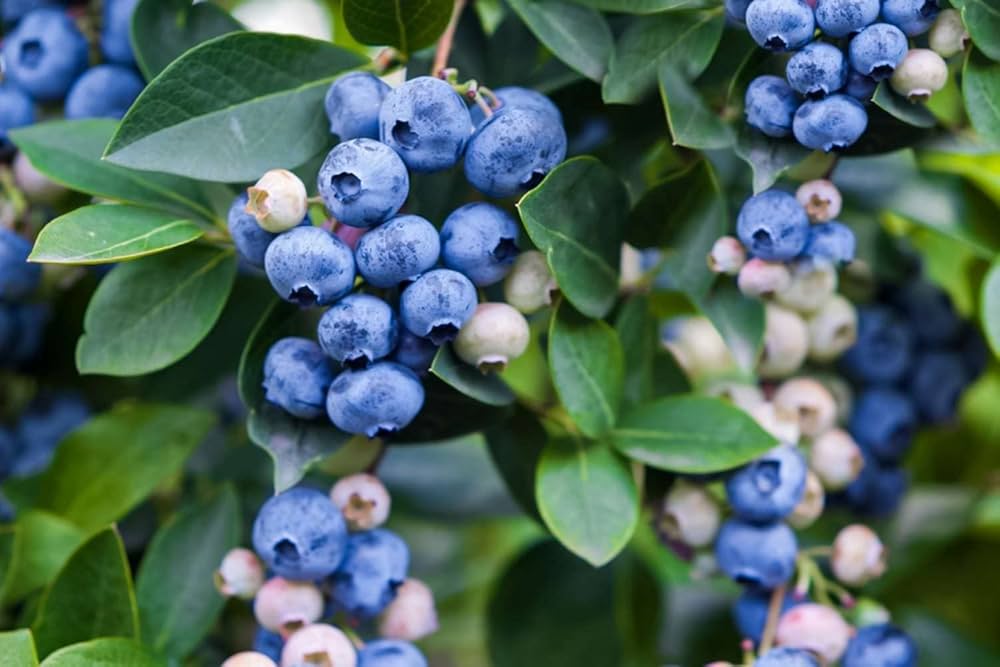
While Finland is the leader, several other countries in Europe also contribute to the global bilberry supply:
Sweden
Sweden ranks second in bilberry production. Its northern forests share the same ecological zone as Finland, offering a similar environment for bilberry growth. Like Finland, Sweden has a strong foraging tradition, and commercial gathering of wild berries is common. Sweden also allows public access to its forests under the Right of Public Access (Allemansrätten), further boosting berry collection.
Norway
Norway’s mountainous and forested terrain is home to wild bilberries, especially in its central and northern regions. However, due to a smaller land area and fewer foragers compared to Finland and Sweden, Norway’s contribution to global bilberry exports is modest. Nevertheless, it plays an important regional role in supplying the berries.
Russia
Vast stretches of Russian boreal forests, particularly in Siberia and the northwest, are natural habitats for bilberries. Russia likely produces a considerable amount of bilberries, though data on commercial harvest and exports is limited. Much of the berry picking here remains informal, for local use or small-scale sales.
Baltic Countries (Estonia, Latvia, Lithuania)
The Baltic nations have long-standing traditions of wild berry foraging. Bilberries grow abundantly in their pine-rich forests, and they contribute to both local consumption and small-scale export. While not as large-scale as Finland or Sweden, the region plays a key role in bilberry availability in Eastern Europe.
Why Are Bilberries Not Commonly Cultivated?
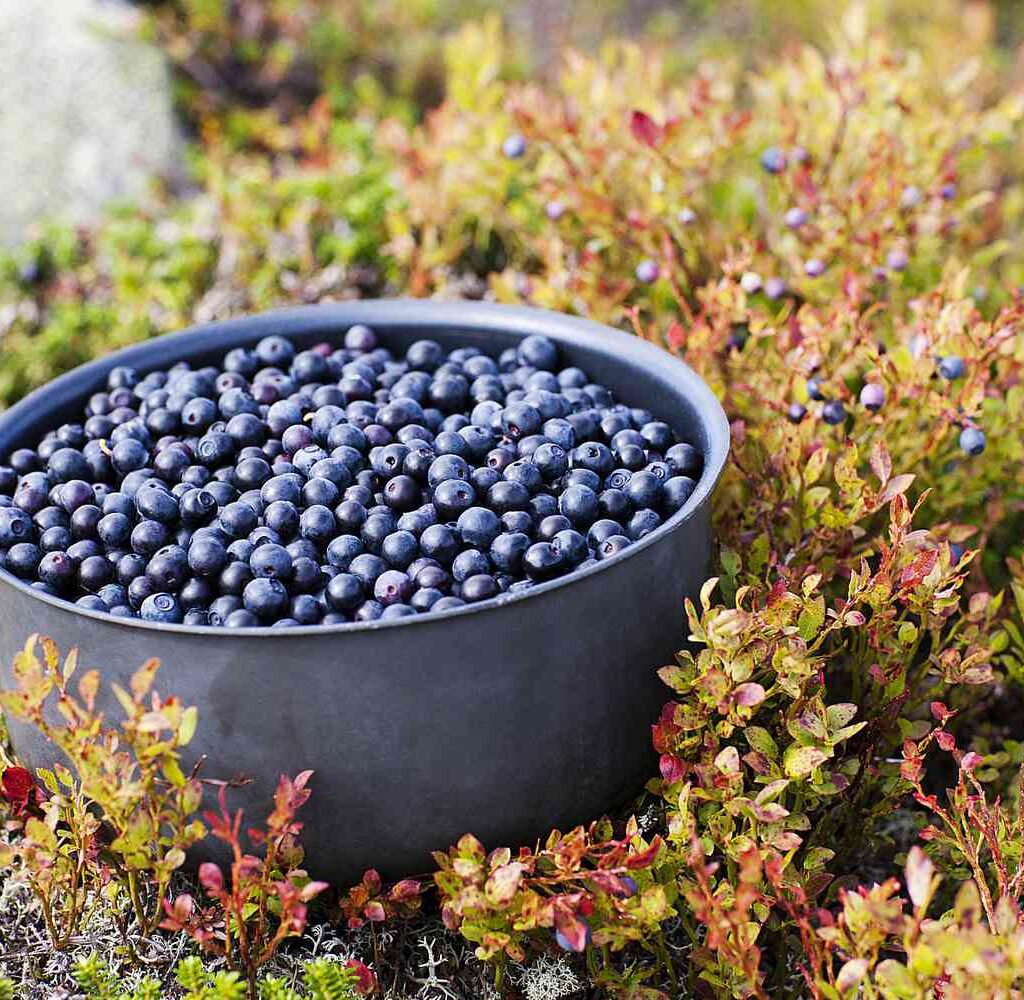
Unlike cultivated blueberries, bilberries are notoriously difficult to grow commercially. Their natural preference for acidic, nutrient-poor forest soil, cool climates, and partial shade makes them unsuitable for traditional farming methods. Additionally, bilberry plants yield fewer berries per bush compared to cultivated varieties, and their fruit is delicate and perishable.
For these reasons, most of the world’s bilberries come from wild harvesting instead of agriculture. This dependence on wild growth also means that factors like climate change, deforestation, and overharvesting can significantly affect annual yields.
Economic and Health Importance
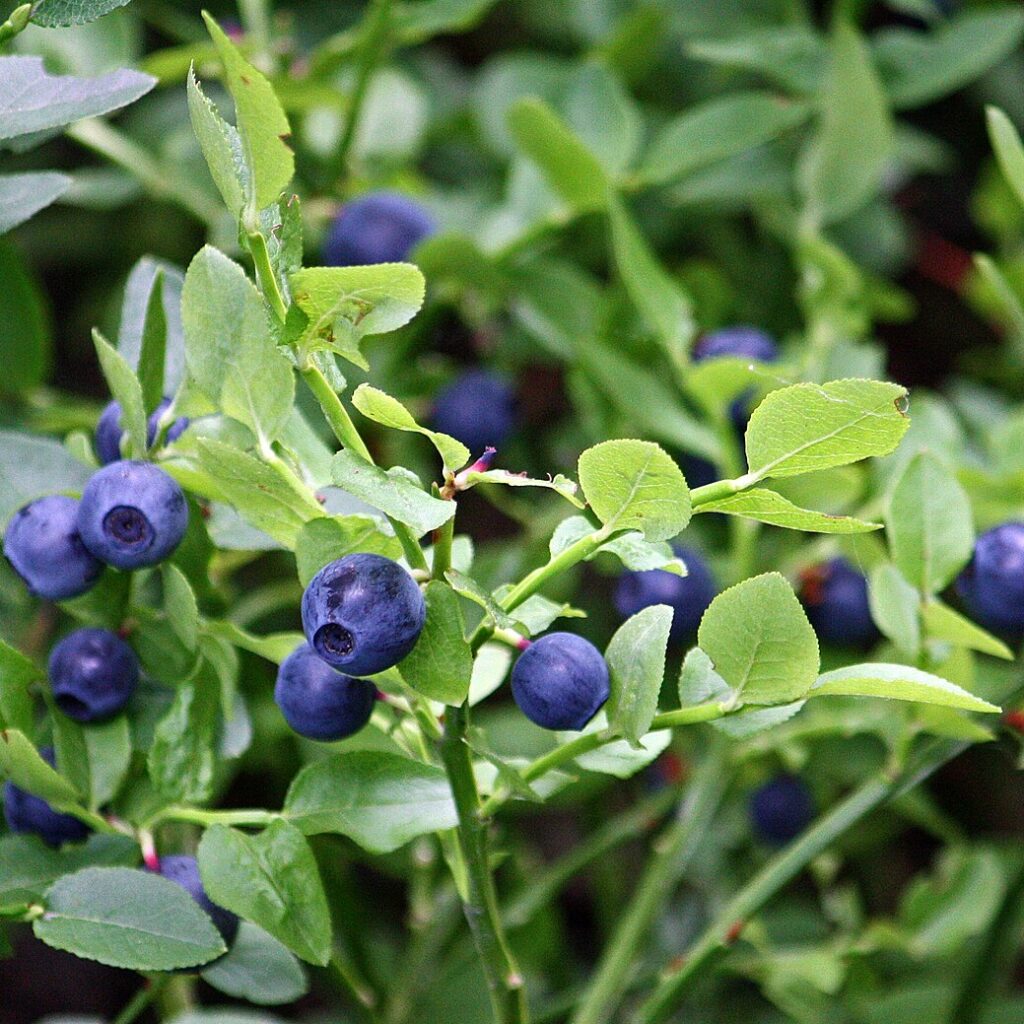
Economic Value
The global demand for bilberries has soared over the past two decades, especially due to their rising popularity in health supplements, cosmetics, and natural food products. Finland’s wild bilberry exports bring in significant revenue, supporting local economies and seasonal labor markets.
Bilberries are used in:
- Nutritional supplements
- Natural food coloring (thanks to anthocyanins)
- Jams, jellies, syrups
- Juices and smoothies
- Traditional herbal medicines
Health Benefits
Bilberries are often called the “vision berry” due to their historical use by World War II pilots who believed the berries improved their night vision. While modern science hasn’t confirmed this myth, bilberries do offer real health benefits, such as:
- Antioxidant Protection: Rich in anthocyanins, bilberries help neutralize harmful free radicals.
- Anti-inflammatory Properties: Help reduce inflammation and improve vascular function.
- Improved Eye Health: Can support retinal health and reduce eye strain.
- Blood Sugar Management: Bilberries may help stabilize blood glucose levels.
- Heart Health: Promote better circulation and reduce bad cholesterol.
Challenges Facing Bilberry Production
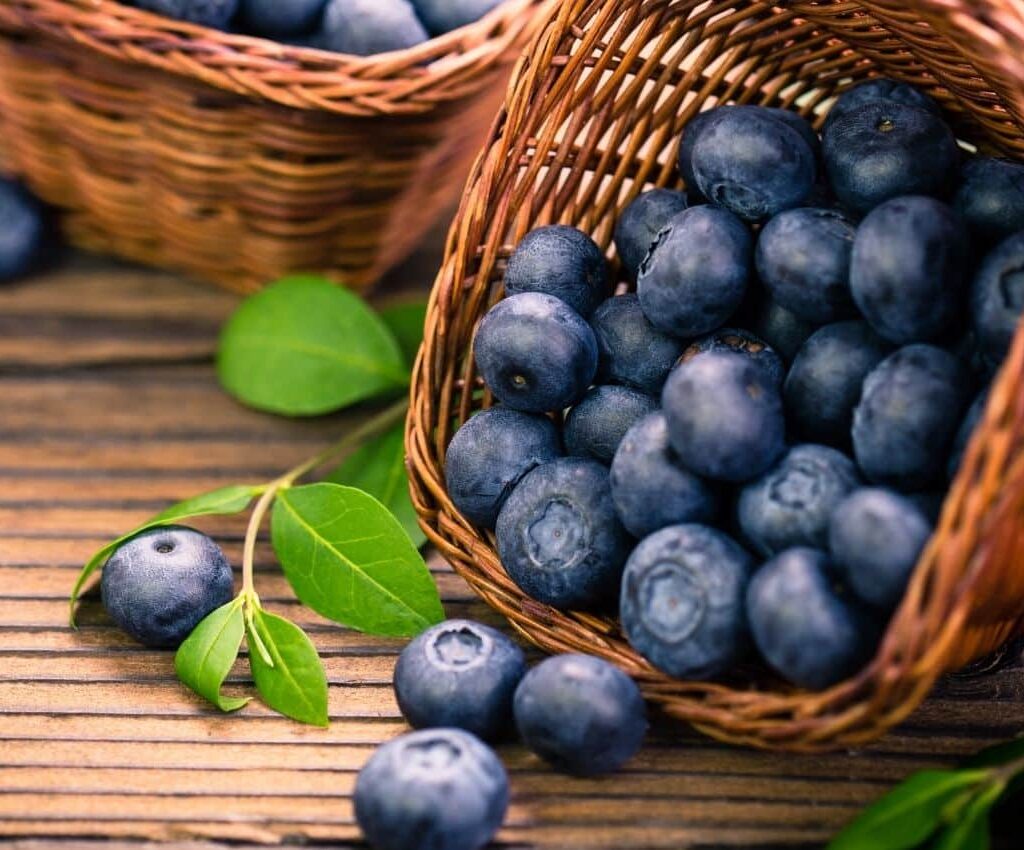
While the wild nature of bilberries makes them unique, it also poses challenges:
- Labor Shortages: Wild bilberries must be handpicked, requiring significant seasonal labor. In some years, labor shortages reduce harvest volumes.
- Climate Change: Rising temperatures and erratic weather patterns are affecting bloom times and berry availability.
- Forest Management: Logging and land-use changes can disrupt bilberry habitats, reducing future yields.
- Overharvesting: In regions with high demand, unsustainable harvesting can lead to depleted wild patches and damage to plants.
Conclusion
So, which country is famous for producing the most bilberries? Finland stands clearly at the top—thanks to its expansive forests, clean environment, and rich foraging culture. Other Nordic and Baltic countries contribute to the bilberry story, but Finland is the undisputed leader in both quantity and quality.
Bilberries remain a symbol of wild purity, a taste of Nordic nature, and a nutritional powerhouse. As demand continues to grow globally, preserving the habitats and sustainable harvesting practices in countries like Finland is essential to ensure that these wild treasures continue to be enjoyed for generations to come.
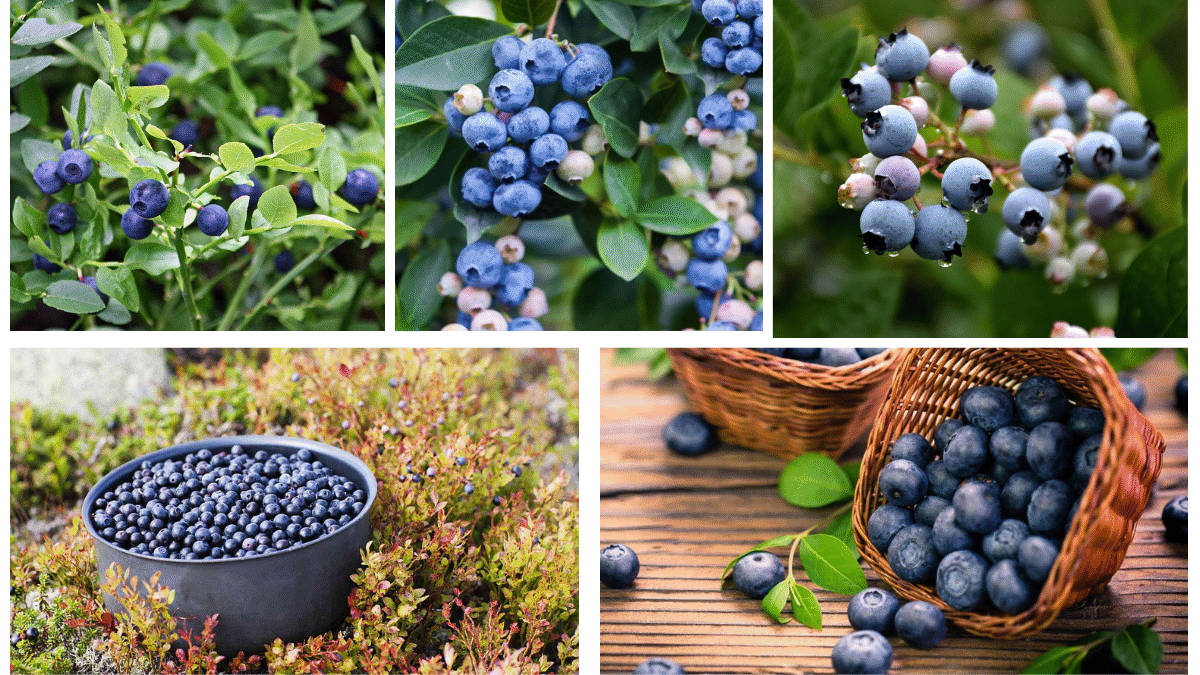



Leave A Comment